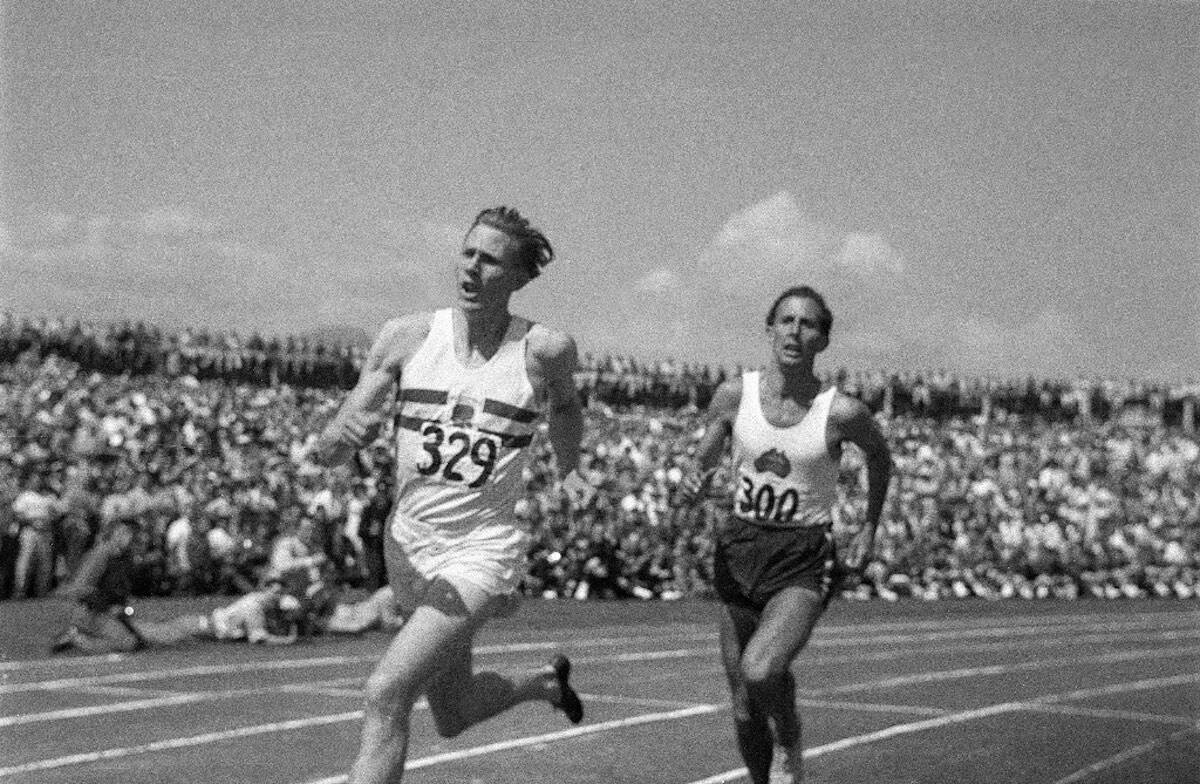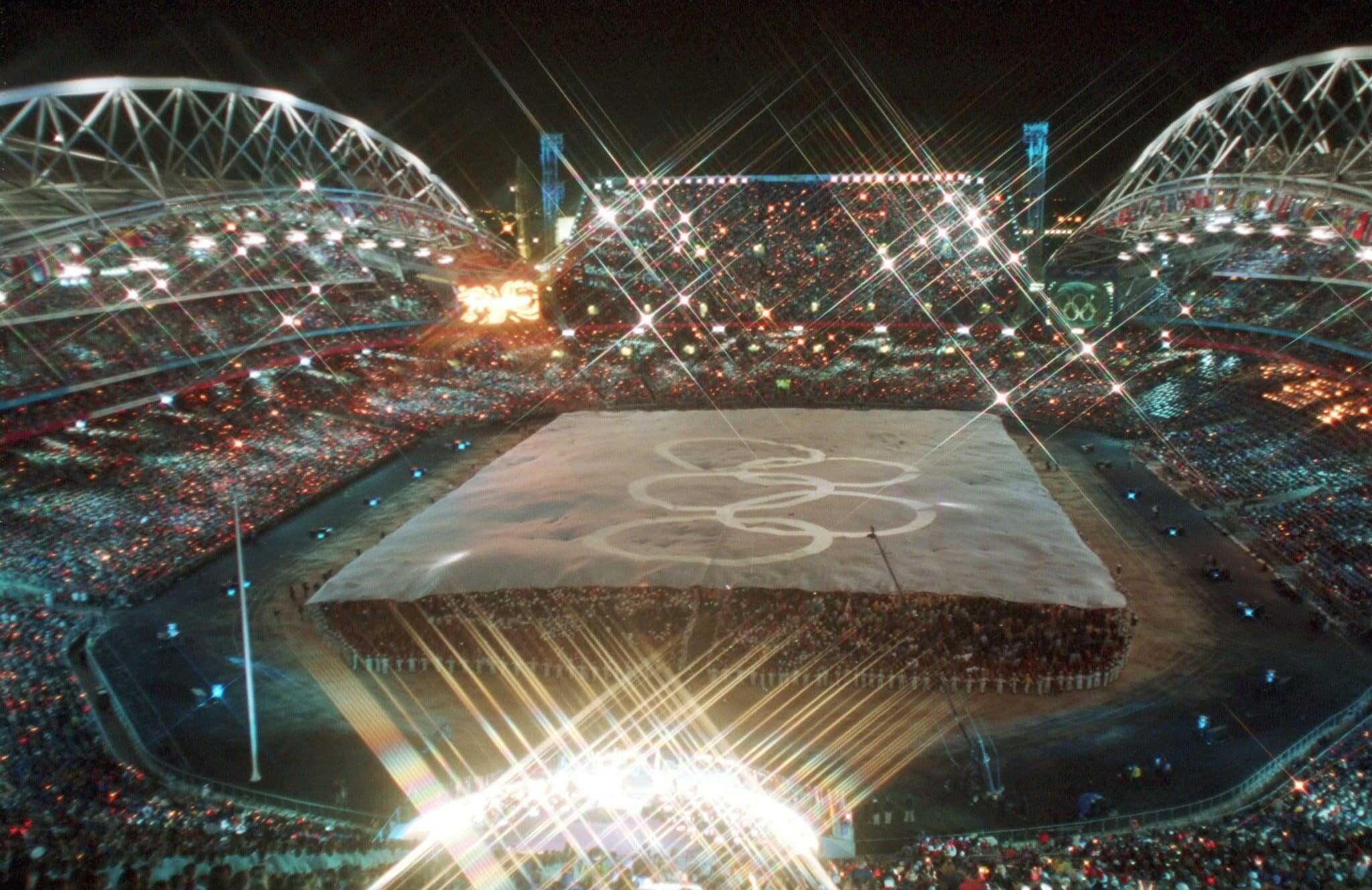John Landy once wrote a report for Australian Athletics which someone within the governing body – I can’t believe it was John’s idea – released under the title: ‘Change or Die’.
As I can’t resist the urge to point out every time I have cited that report over the years, the sport did neither. Athletics in Australia didn’t change (not much, anyway). Nor did it die. It’s still very much alive, thriving, in fact. Part of the explanation for this state of affairs is that the 2032 Olympic Games will be staged in Brisbane and, if I’m not telescoping the timescale too much, Sydney was awarded the 2000 Olympics not that long after Landy’s report.
Tentative conclusion then: Olympic Games hosting is an excellent way for Olympic sports to dodge death.
Leaving that aside, however, it seems that we are tossing on a stormy sea of change at the moment. World Athletics has been all activations and innovations for a few years now: I date it back to the world indoor championships in Portland, Oregon in 2016. That was the first time I noticed things like athlete entry to the track being accompanied by a volley of gas guns and selected events being contested outside the stadium, but I may have been slow to notice. Shot putters and pole vaulters nowadays see more of the host city’s squares and railway stations than they do of the stadium.
And to come next year is the Ultimate Championship, a ‘really big show’ as presenter Ed Sullivan would ritually atone each Sunday night in the early days of US network television about the line-up of guests for his weekly variety show. No doubt we will hear more and more of this event as we draw closer to it, but for the minute we must be satisfied – largely – by the assurance that it is ‘the ultimate’.

That’s going along with the innovation agenda as tested in several meetings already and which includes things like a one-metre take-off zone in the horizontal jumps, innovation upon innovation by adding a mixed 4×100 relay to the previously introduced mixed 4×400, tinkering with the false-start rules, the 200 metre hurdles, a one mile steeplechase – the four-minute barrier (for men, anyway) added to the traditional five barriers per lap, and heaps more.
Then there’s Grand Slam Track, which we could summarise as a concept built on providing heaps less. Track events only. Just one thing happening at a time. Athletes running in two events over three days (reduced, already, to a two-day format so now twice in two days). Why no field events? Well, as Michael Johnson put it, he can maybe save track but he can’t save track and field. Not yet, anyway.
Grand Slam Track appears mostly about presenting the traditional elements of track – some of track, anyway – in a more attractive package. More head-to-head competition by signing star athletes to compete a fixed number of times, namely eight over its four meetings in the inaugural season. As mentioned here a couple of weeks back, it already has Sydney McLaughlin-Levrone competing more times this year than she has in the previous two. So, that can’t be a bad thing, although not having Mondo Duplantis compete at all is definitely NOT a good thing.
But, as also mentioned then, it’s too early to judge the impact.
Most of the innovation drive seems directed at getting fans to focus on one thing at a time, focusing attention through presentation and, in the case of GST, elimination of events judged surplus to requirements.
What if, though, part of the appeal of athletics is its ability to showcase several things at once. I was first struck by this thought when I came across a report on Melbourne interclub competition back in the 1950s. This was in the lead-up to the Melbourne Olympic Games, too, reinforcing the suggestion that the way to save the sport is to have the next Olympics.
Anyway, our observer went to an interclub competition in November 1953. Maybe they saw Landy race in pursuit of the four-minute mile. Regardless, it wasn’t any one thing that entranced them.
“No other city in the world can match Melbourne’s weekly, non-stop athletic carnival,” our columnist enthused. “You’ve got to see one of these interclub meetings to believe it. It’s nothing to see five events going on at the same time, with each set of competitors oblivious to the others. But it’s a spectacular sight for spectators.”
Of course, if Landy was there and racing that day, most of those spectators had come to see just one thing. No matter, they were also exposed to the others. You can’t watch five events at once if there is only one going on.

But the writer’s thoughts mirrored my own the first time I attended the Zurich Weltklasse (no events at the railway station that year: Sergey Bubka was in the Letzigrund, contending with several other events). Likewise at my first indoor meeting, the world championships at Maebashi, Japan, in 1999. Or the way the epic shot put battle between Tommy Walsh, Ryan Crouser and Joe Kovacs at the world outdoor championships in Doha in 2019 grabbed the attention amidst all the potential distractions. That competition was made better by the other events competing for fans’ eyeballs.
Only one opinion, but I reckon the appeal of track and field is first its simplicity – fastest, highest, strongest; the immediacy of the result; then its variety. Something for everyone, every minute. A carnival of excellence competing for our attention.
